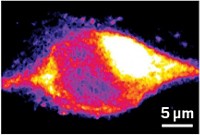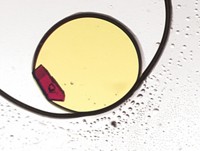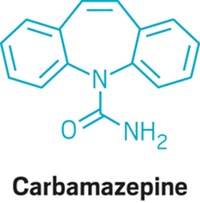Advertisement
Grab your lab coat. Let's get started
Welcome!
Welcome!
Create an account below to get 6 C&EN articles per month, receive newsletters and more - all free.
It seems this is your first time logging in online. Please enter the following information to continue.
As an ACS member you automatically get access to this site. All we need is few more details to create your reading experience.
Not you? Sign in with a different account.
Not you? Sign in with a different account.
ERROR 1
ERROR 1
ERROR 2
ERROR 2
ERROR 2
ERROR 2
ERROR 2
Password and Confirm password must match.
If you have an ACS member number, please enter it here so we can link this account to your membership. (optional)
ERROR 2
ACS values your privacy. By submitting your information, you are gaining access to C&EN and subscribing to our weekly newsletter. We use the information you provide to make your reading experience better, and we will never sell your data to third party members.
Analytical Chemistry
Smashing drugs illuminates troublesome microcrystals
Unwanted crystals could adversely affect drug stability and shelf life
by Celia Henry Arnaud
May 10, 2018
| A version of this story appeared in
Volume 96, Issue 20
Many molecules in the pharmaceutical pipeline suffer from poor aqueous solubility in their crystalline form. To deal with this problem, pharma companies formulate such drugs as amorphous-solid dispersions. However, trace microcrystallinity can negatively affect the stability and shelf life of such formulations.
Unfortunately, current methods for detecting microcrystallinity in drug formulations generally can’t detect it at levels lower than about 1–2%.
Researchers led by Garth J. Simpson of Purdue University now show that triboluminescence—light emitted as a result of mechanical disruption of a crystal—allows them to detect microcrystallinity at levels as low as 0.014% (Anal. Chem. 2018, DOI: 10.1021/acs.analchem.8b01112).
The researchers constructed a system for detecting the triboluminescence. They packed a powder formulation in a 75-mm-long channel in a movable sample stage, struck the powder with a solenoid-driven impactor, which induced triboluminescence, and detected the emitted light. Then they moved the stage to repeat the process with a fresh part of the sample. Their setup allows them to strike a sample 36 times without the impact areas overlapping. The whole process takes about 40 seconds. Purdue Research Foundation has filed a patent application.
As drug developers increasingly turn to metastable amorphous solids they need methods that are capable of detecting and quantifying low levels of crystallinity in drug products, says Steven A. Nowak of AbbVie. The new work shows that triboluminescence “may be well suited for rapid at-line monitoring during manufacturing and possess sufficient detection limits for the determination of low levels of crystals even in amorphous-solid dispersions with low drug loads,” he says.





Join the conversation
Contact the reporter
Submit a Letter to the Editor for publication
Engage with us on Twitter